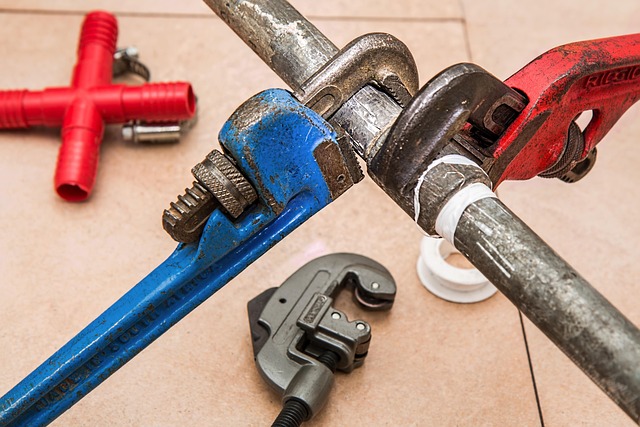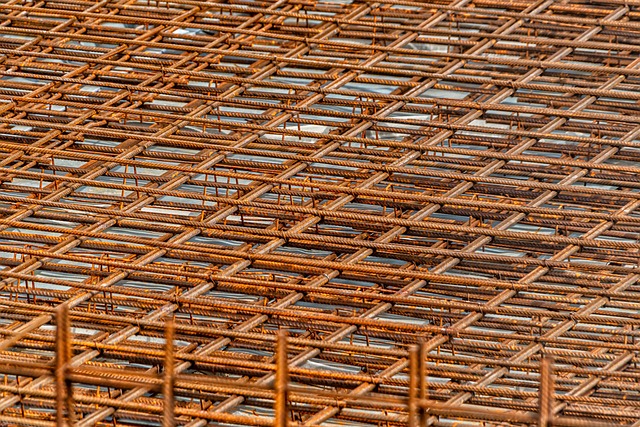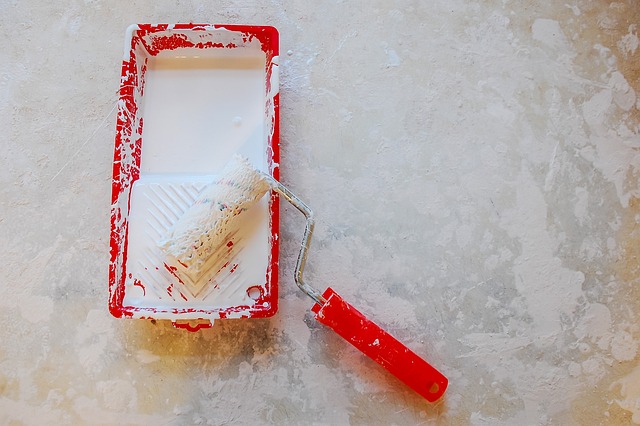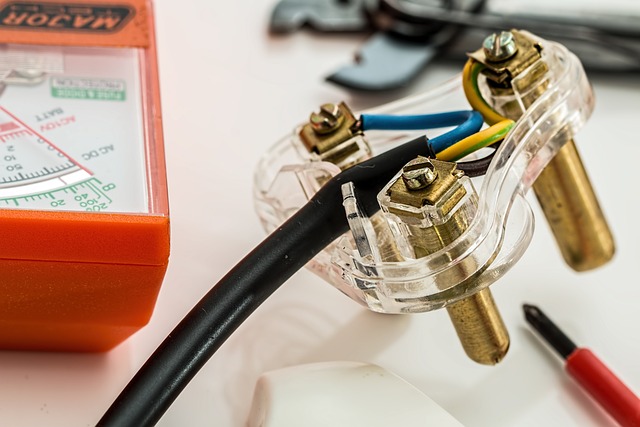Residential foundation repair is crucial for home safety and stability, preventing costly future damage. Signs like shifting walls, cracking ceilings, or uneven floors indicate issues that may stem from soil settlement, clay expansion, construction flaws, water damage, or temperature changes. Initial assessments use visual inspections, moisture meters, and radar technology to diagnose problems. Solutions range from carbon fiber wrapping for minor cracks to wall replacement in severe cases. Regular inspection, proper drainage, and proactive maintenance are vital for foundation health. Selecting specialized contractors ensures tailored repairs and long-term stability. Post-repair care includes monitoring for new issues and maintaining proper drainage to prevent future damage.
“Discovering shifting walls and ceilings can be a concerning experience for any homeowner. This comprehensive guide delves into the intricate world of residential foundation repair, equipping you with essential knowledge. We explore the basic concepts, from understanding foundation structures to identifying subtle signs of movement.
Learn about common causes, advanced inspection techniques, and tailored repair solutions for stable and severe cases. Additionally, we offer preventative tips to secure your home’s foundation and guide you in selecting qualified professionals. Ensure your peace of mind with our post-repair care advice.”
Understanding Residential Foundation Repair: The Basics

Residential foundation repair is a crucial aspect of maintaining a safe and stable home. At its core, it involves addressing any structural issues that compromise the integrity of a building’s base. This can include cracks in the foundation walls or floors, unevenness in the floor levels, or signs of water damage. Identifying these problems early on is key to preventing more severe and costly repairs down the line.
The basics of residential foundation repair encompass several methods tailored to specific issues. For instance, minor cracks can often be resolved through carbon fiber wrapping or epoxy injection, reinforcing the existing concrete. More significant damage might require full-scale underpinning, where additional support beams are installed beneath the foundation to realign and stabilize the structure. Water intrusion is another common concern, addressing it involves sealing the source of entry and potentially installing a drainage system to mitigate future issues.
Signs of Shifting Walls and Ceilings in Your Home

If your home’s walls or ceilings seem to be shifting or cracking, it could be an indication of a serious issue with your residential foundation repair. This is especially true if you notice uneven floors, doors that stick, or windows that are no longer level. Cracks in walls and ceilings can appear as thin lines, bulges, or even large gaps, and they often develop over time due to soil settlement, expansive clay, or poor initial construction.
Other signs to look out for include sticking doors or windows, uneven baseboards, or visible gaps between walls and ceiling tiles. In severe cases, you might observe water damage or mold growth, as shifting structures can compromise the integrity of your home’s roofing and plumbing systems. If you notice any of these issues, it’s crucial to consult a professional foundation repair service to assess and address the problem before it worsens.
Common Causes of Foundation Movement

Residential foundation repair often involves addressing movement in walls and ceilings caused by various factors. One of the primary reasons is soil settlement, where the earth around your home compacts or expands due to changes in moisture content. This can lead to cracks in the foundation, walls, and ceilings. Another common cause is hydrostatic pressure, particularly in areas with high water tables. Rainwater or groundwater can exert immense pressure on the foundation, causing it to bow, crack, or shift.
Other contributing factors include poor initial construction, inadequate drainage around the property, tree roots infiltrating the soil near the foundation, and changes in temperature that cause the concrete to expand or contract. Identifying these causes is crucial for effective residential foundation repair solutions, ensuring stability and longevity of your home’s structure.
Evaluating the Scope of Damage: Inspection Methods

When assessing a residential foundation repair, evaluating the scope of damage is crucial. The initial step involves a thorough visual inspection to identify cracks in walls, ceilings, and floors, as well as any signs of settlement or leaning structures. It’s essential to look for both visible evidence and subtle indicators like uneven doors or windows.
To gain a more comprehensive understanding, non-invasive methods such as moisture meters and radar technology can be employed. Moisture meters help pinpoint areas with excessive humidity, which could point to underlying structural issues. Radar technology, on the other hand, allows for the detection of voids or cracks that might not be readily apparent during visual inspections, making it a valuable tool in the diagnostic process for residential foundation repair.
Repair Options for Stable and Severe Cases

When dealing with shifting walls or ceilings in residential properties, understanding the extent of damage is crucial for effective repairs. For stable cases where the structure remains intact but shows signs of movement, professional Residential Foundation Repair services can offer various solutions. One common approach involves reinforcing existing walls and floors using advanced techniques like steel bracing or carbon fiber wrapping. These methods provide stability without extensive reconstruction, making them ideal for preserving the original architecture.
In severe situations where structural integrity is compromised, a more comprehensive repair might be required. This could include partial or complete wall replacement, ceiling repairs with specialized materials, and even foundation stabilization using piering or underpinning techniques. The goal is to address the underlying causes of shifting, ensuring long-term stability for the home. Each case is unique, requiring tailored solutions from experienced contractors specializing in Residential Foundation Repair.
Preventative Measures to Stabilize Your Foundation

Shifting walls and ceilings can be a significant indicator of underlying issues with your residential foundation repair. To prevent such problems, regular inspection and proactive measures are key. Start by addressing any signs of moisture or water damage, as these can lead to structural instability over time. Implement proper drainage around your home, ensuring rainwater is directed away from the foundation. Regularly inspect and maintain the quality of your soil, as compacted or unstable earth can cause foundations to shift.
Additionally, ensure all fixtures, pipes, and appliances are securely fastened and properly installed. Avoid heavy loading on floors and consider redistributing weight if necessary. Regularly check for cracks in walls and ceilings, even minor ones, as they could signal broader foundation problems. Lastly, consult with a professional contractor who specializes in residential foundation repair to conduct a thorough assessment and offer tailored solutions for stabilizing your home’s foundation.
Choosing the Right Professional for the Job

When it comes to residential foundation repair, selecting the right professional is paramount. It’s crucial to look for experts who specialize in this specific area, as general contractors may not possess the specialized knowledge or experience required to handle complex foundation issues. The right pro will understand the intricacies of structural integrity, soil conditions, and local building codes, ensuring your home receives tailored and effective solutions.
In the search for a reliable professional, ask for referrals from trusted sources, check their credentials and certifications, and review client testimonials. Experienced foundation repair specialists should offer comprehensive assessments, providing clear diagnoses and detailed plans for repairs, whether it’s repairing cracks, addressing settlement issues, or implementing preventive measures to fortify your home’s foundation against future damage.
Post-Repair Care and Monitoring Tips

After a residential foundation repair, proper post-repair care and monitoring are essential for ensuring long-term stability. Regularly inspect the repaired areas for any signs of new cracks or anomalies. Keep an eye out for leaks or moisture accumulation, as these could indicate underlying issues that require immediate attention.
Maintaining the integrity of your home’s foundation involves ongoing efforts. Avoid heavy activities or sudden movements near the repair site to prevent stress on the structure. Keep the area clear of debris and ensure proper drainage around the property to minimize water pressure against the walls and ceilings. Regular maintenance and timely addressing of any concerns will contribute to a durable and secure residential foundation repair solution.
